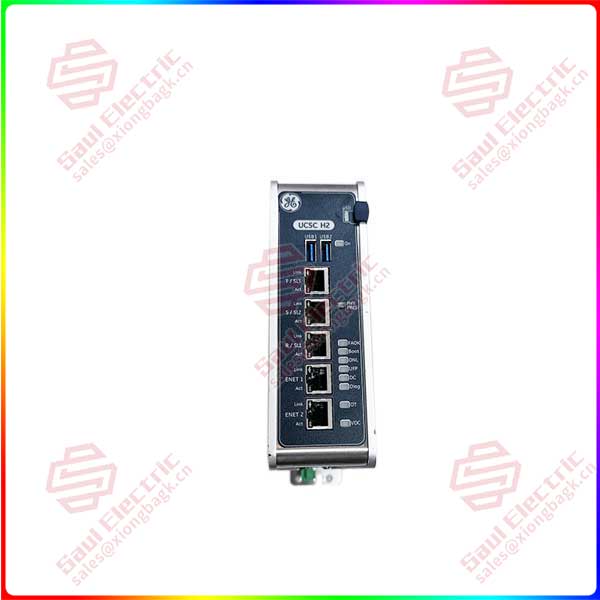•ABB YuMi® collaborative robots help SUS Co., LTD., in Japan, achieve production reshoring and address labor shortages
• Dual-arm YuMi effectively reduces assembly time, increases production efficiency by 20%, and enhances production flexibility
SUS uses ABB’s RobotStudio® offline programming simulation software to efficiently develop automation solutions
ABB’s YuMi® collaborative robot helps Japanese company SUS drive production back to meet the challenges posed by labor shortages. The company is a major supplier of aluminum frames and die-cast aluminum parts for the automotive and other manufacturing industries.
Joerg Reger, global head of ABB’s robotic vehicle business unit, said reshoring production is seen as an effective way to deal with the lack of resilience and uncertainty in the supply chain, but it can also make production more complex. To solve these problems, we offer a range of flexible automation solutions. We are pleased to see that SUS is reaping the benefits, realizing significant time savings, improved productivity and the ability to quickly adapt to changes in the supply chain.” This is further proof that the application of automation technology is widespread and not limited to large Oems.
In recent years, the global supply chain has been subject to frequent fluctuations, and in order to better control delivery times and increase production flexibility, SUS decided to return to local production in Shizuoka, Japan. However, because the production process itself involves a lot of repetitive, monotonous manual operations, coupled with a growing labor shortage, companies are struggling to recruit and retain enough workers to meet production demand.

IS420UCSCH2A-C-V0.1-A
To solve this problem, SUS introduced a series of YuMi two-arm collaborative robots. Not only does YuMi reduce assembly time and increase production efficiency by 20%, it also provides the much-needed flexibility to respond to fluctuations in demand. The investment costs are expected to be recouped within two years.
With ABB’s RobotStudio® offline programming simulation software, SUS uses solutions that can be designed in a virtual environment and optimized for operational processes before being deployed in the real world. Through simulation, it also verified the single-arm seven-axis motion mode of YuMi dual-arm cooperative robot, which can accurately complete the complex twisting actions required in the assembly process. In addition, RobotStudio can accurately calculate achievable production volumes, helping SUS to make informed investment decisions. SUS is currently looking into adding more robotic units for other products and exploring the possibility of automating other production processes.
Akihiro Taki, a die-casting team manager at SUS’s Shizuoka plant, says robots have taken over monotonous, tedious tasks, allowing workers to be reassigned to more valuable tasks. In addition, the new system requires only a small number of workers to operate at night, reducing the number of specialized assembly equipment required from 11 to five.
In a recent automotive manufacturing outlook survey, ABB found that nearly a third (31%) of respondents ranked labor shortages as one of their top three challenges, while as many as 35% cited labor as the top concern when it came to rising costs.
 1 Year Warranty
1 Year Warranty





